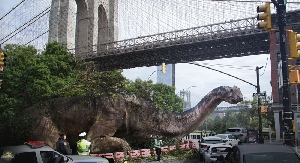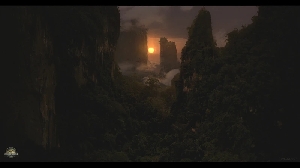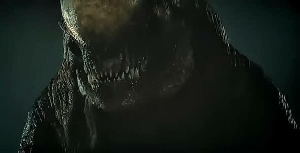not much as opinion as scientifically backed fact, so here we go..
This Giant sauropod was estimated incorrectly.
In his paper Carpenter* says he simply scaled up Diplodocus c.'s vertebra to 2.7 meters. The only problem is that he used the dimensions from Seismosaurus for diplodocus's vert, but said the length of Diplodocus was only 26.25 meters. This small mistake of recording diplodocus's vert as 1.22 meters instead of .946 meters has lead to the widespread belief that Amphicoelias was 60 meters long and 120 tons in weight. In reality using carpenter's method with the correct numbers we get, 2.7/.946=2.864. 2.854x26.25 meters=75 meters long. Also 2.856^3=23.2. 23.2x12 tons=278 tons.
A quote from Zach Armstrong on the subject. (note, he uses a 11.5 ton Diplodocus)
I’m not sure where Carpenter got his mass and length estimates–since he says he basically says he just scaled it up isometrically. A 2.7 meter tall vertebra is 2.79 (270 cm/96.6 cm=2.79)times as tall as the D10 in D. carnegii which means a length of 69.75 meters if D. carnegii was 25 meters long or 73.23 meters if it was 26.25 meters like Carpenter assumes. A resulting mass estimate should then be 247.38 tonnes (2.79^3=21.7; 21.7*11.4 tonnes=247.38 tonnes)!
And this is assuming it was the 10th dorsal! What if it was the 9th? Scaling the vertebrae, we get 270/94.6=2.85; 2.85^3=23.14; 23.14*11.4
tonnes=263.79 tonnes!
Adding intravetebral cartilage, which accounts for ~10% of the body lengths of most birds and reptiles, increases the dimensions even more.
These estimates are backed by scientific methods, and are the best way we have of guessing Amphicoelias's dimensions.

That's all we have of this thing, not even the bone, but a drawing of that bone lost 200 or so years ago. I find it highly problematic that we jump to make this animal "the largest animal to ever live" - and indeed that's what the math behind it shows, but off a vertebrate? come on. We have other giants based on way more decent remains...until we find more of this thing, the door remains open for another sauropod to take that title.












